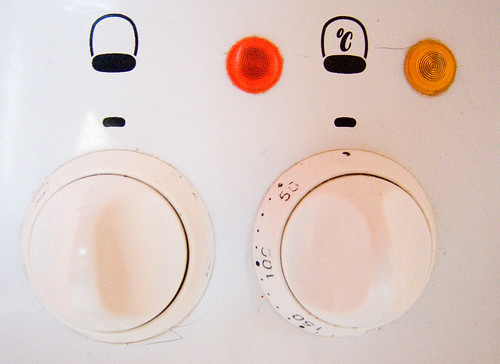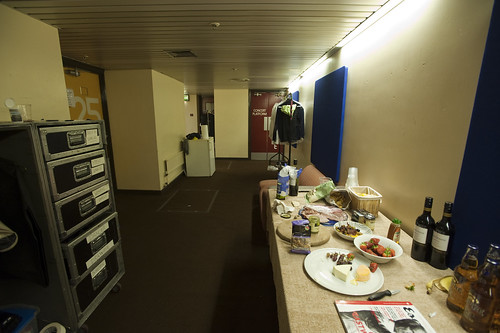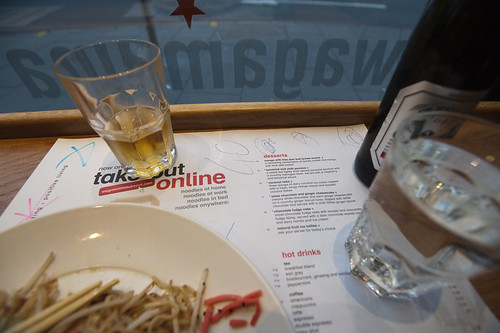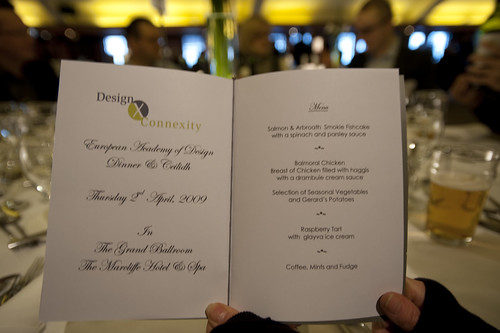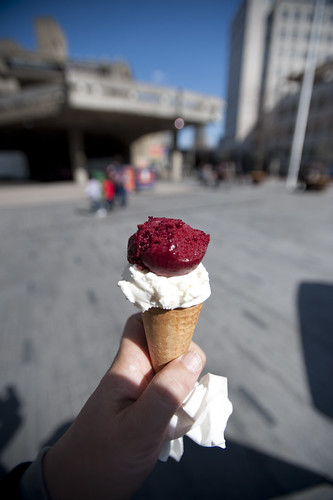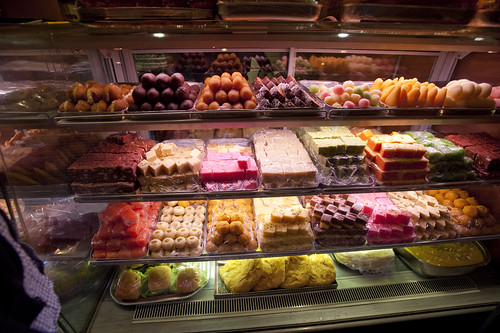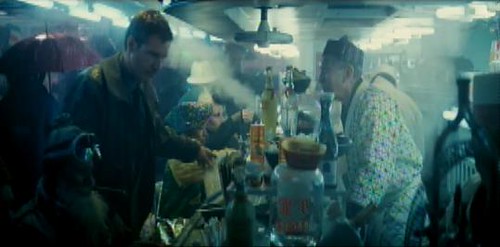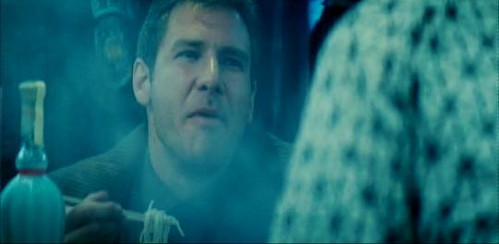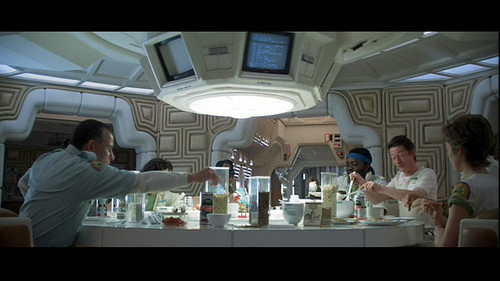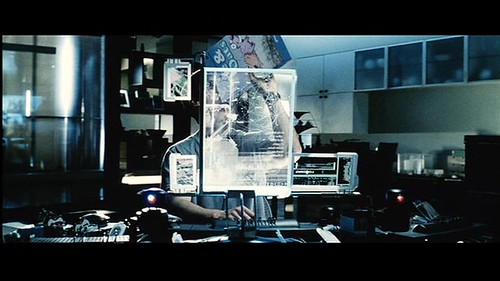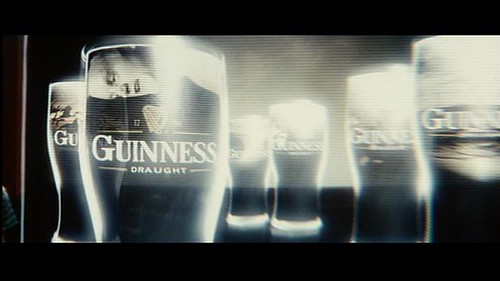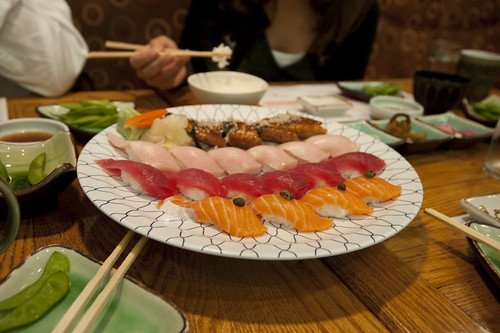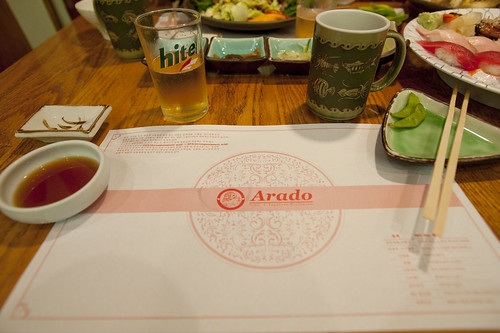I wonder about the various settings and contexts used to re-imagine what the world might be like in the future. Often times those contexts, objects, environments are associated with what wealthy people would like for themselves in order to drive sales of new stuff. This is understandable in a mostly capitalist world, of course.
Often times one finds rather naive, un-encumbers, un-troubled extrapolations of desires or behaviors for and within these spaces of human endeavor (the car, the bathroom, the workspace/place, the kitchen) based on somewhat awkward and thin assumptions about what the world will be like, and what people want from these spaces. The kitchen is such a place where sometimes wacky ideas about the evolution of behaviors in these spaces tips into the absurd — like 3D printed food in a world where people seem to be enjoying the visceral world of preparation and chopping and stewing and all that. The kitchen is a place where just making simple things just a little bit better seems the best path toward the near future — such as no microwave nagging beeps; refrigerators that are smart enough to either be told (with a *button, not a context sensor) that, yes..the door is open..its open because I’m loading the goddamn groceries..no need to beep at me). Big change — those things should be consistent with the real, global, epic-scale challenges to living in the near future world — which have nothing to do with a refrigerator that lets you know you need more damn milk. I mean..really? Why does that get to be the enginerds scenario for a better kitchen?
*Sigh.

I recently found this Ikea’s Kitchen of the Future and it made me think of a number of topics related to imagining the future. Firstly, it is worth considering why the typical western kitchen becomes the subject for future fictioning.
Why imagine the future of the kitchen, practically thinking? Is this going to save the world from itself? Well — perhaps it could and that actually would be a fantastic design project — reconsider the kitchen in light of (and then list your parameters having to do with ecological collapse/civil liberty infractions/pro-democracy uprising/emergency water rationing/$12 a gallon heating fuel/&c.)
But, as for the kitchen that Ikea imagines, I suppose there are a number of reasons why the kitchen is a seductive setting for setting the components of the future. These probably have to do with perhaps the fact that the kitchen in the West is quite modular and therefore subject to study of the various individual components — refrigerator, cabinets, dishwasher, sink, stove, oven, etc. The kitchen also has a history of reconsideration in this regard if you consider things such as the Frankfurt Kitchen. Such was a purposeful, design-principle led modernization in the height of, you know — modernism. It was designed to be as efficient as possible in a small space using very modern “workflow study” techniques. This meant that it was designed for specific flows of activity, like a factory in a way.

This idea of every-increasing efficiency would be consistent with the Jetson’s kitchen from the old fantastic cartoon. Maximum efficiency — just select what you would like using a physical paper punch-card and it gets issued from the machine (complete with consistently type-faced names for the items.)
In my anecdotal experience and without any exhaustive survey or study — it seems to me that, despite predictions there is quite a move back towards more “artisinal” (*shudder) kitchen activities. Rather than anything indicating that machines will 3D print our food, the craft of cooking appears to be alive and well as indicated by such things as celebrity chef restaurants, a never ending stream of cooking shows on television, various food movements/philosophies that desire a deeper, conscientious connection to the food chain (where has the veggie/beast come from? how was it fertilized/fed?), &c.
I think this example of the Ikea kitchen also embodies the challenges of future-fying anything well. Too much fetish of the object and very specific, naive and — old fashioned — ideas about what people want in the future. ((Isn’t that ironic.))
Why do I blog this? I’m trying to tap into the various parameters by which the future is really crappily represented in models and speculations and scenarios. I think one component of this has to do with an over-emphasis on the artifcats themselves — making faster things, or smaller things, or more silver-y or white things, or 3D food printers because, like..3D and printing are a Wired Magazine meme, or other poorly considered reasons. ((Meanwhile, I would be satisfied with making whoever invented the microwave beep-beep-beep-beep to indicate the timer has expired to have to listen to beeping forever..in perpetuity..until their earballs explode.)) I understand that the Ikea thing is more marketing puff than proper, considered design and it drives me nuts that entities with the ability to bring about real, substantive change in the world bother to spend their money with this crap that’ll just be torn down after the annual investors meeting or the stupid trade show is over. While the kitchen may not be terribly exciting to me specifically (perhaps because of these speculations that ruin the excitement of really making a better more habitable future) everyone has to eat, and those eat’ns need to be prepared — and finding new ways to do that preparation in the near future should be taken seriously without pandering to the whims of deliriously rich people who can afford to redo their kitchen every other year. There should be a kind of agency or consultancy that looks at this sort of thing seriously and re-imagines the near future of the kitchen using principle-led design and maybe even design fiction techniques.
Continue reading Kitchen of the Future
